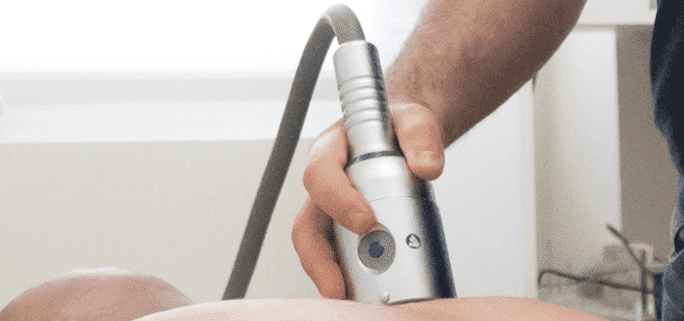May 27, 2024

Numerous people suffer from a health problem known as “frozen shoulder“ or adhesive capsulitis. This condition inflicts substantial amounts of pain and makes it harder to move joints. Fortunately, a recent study reveals that extracorporeal shockwave therapy can deliver relief.
In 2016, a clinical trial was conducted by two researchers named Robert Donatelli and Ahmad Hussein. They decided to a patient’s tissue.
Donatelli and Hussein noted that frozen shoulder has become a fairly prevalent health condition, yet physicians still disagree about the best way to the researchers.
Two groups of 53 people took part in Hussein and Donatelli’s scientific study. These patients had been diagnosed with adhesive capsulitis by physiotherapy specialists in New York. One group experienced four shockwave therapy treatments each week for 28 days.
Members of the other group thought that they received equivalent treatments. However, the equipment didn’t actually transmit any energy pulses into exercise on a regular basis.
Trial participants answered questions and underwent testing three times. This happened prior to the study, after treatment ended and 140 days after completion. The patients who experienced real shockwave therapy found that it greatly alleviated their medical condition in multiple ways.
The researchers concluded that this treatment method is both effective and unlikely to cause any harm. Their clinical trial’s results appeared in the European Journal of Physiotherapy. This quarterly publication was formerly known as Advances in Physiotherapy, and it has remained in print for 17 years.
To sum it up, a well-designed study has determined that extracorporeal shockwave therapy offers a desirable solution for people with frozen shoulder.
The treatment may work best when patients schedule multiple sessions and perform curative exercises at home. Feel free to contact us if you have any questions about this health condition or ESWT.
Dr. Lev Kalika is a world-recognized expert in musculoskeletal medicine. with 20+ years of clinical experience in diagnostic musculoskeletal ultrasonography, rehabilitative sports medicine and conservative orthopedics. In addition to operating his clinical practice in Manhattan, he regularly publishes peer-reviewed research on ultrasound-guided therapies and procedures. He serves as a peer reviewer for Springer Nature.
Dr. Kalika is an esteemed member of multiple professional organizations, including: